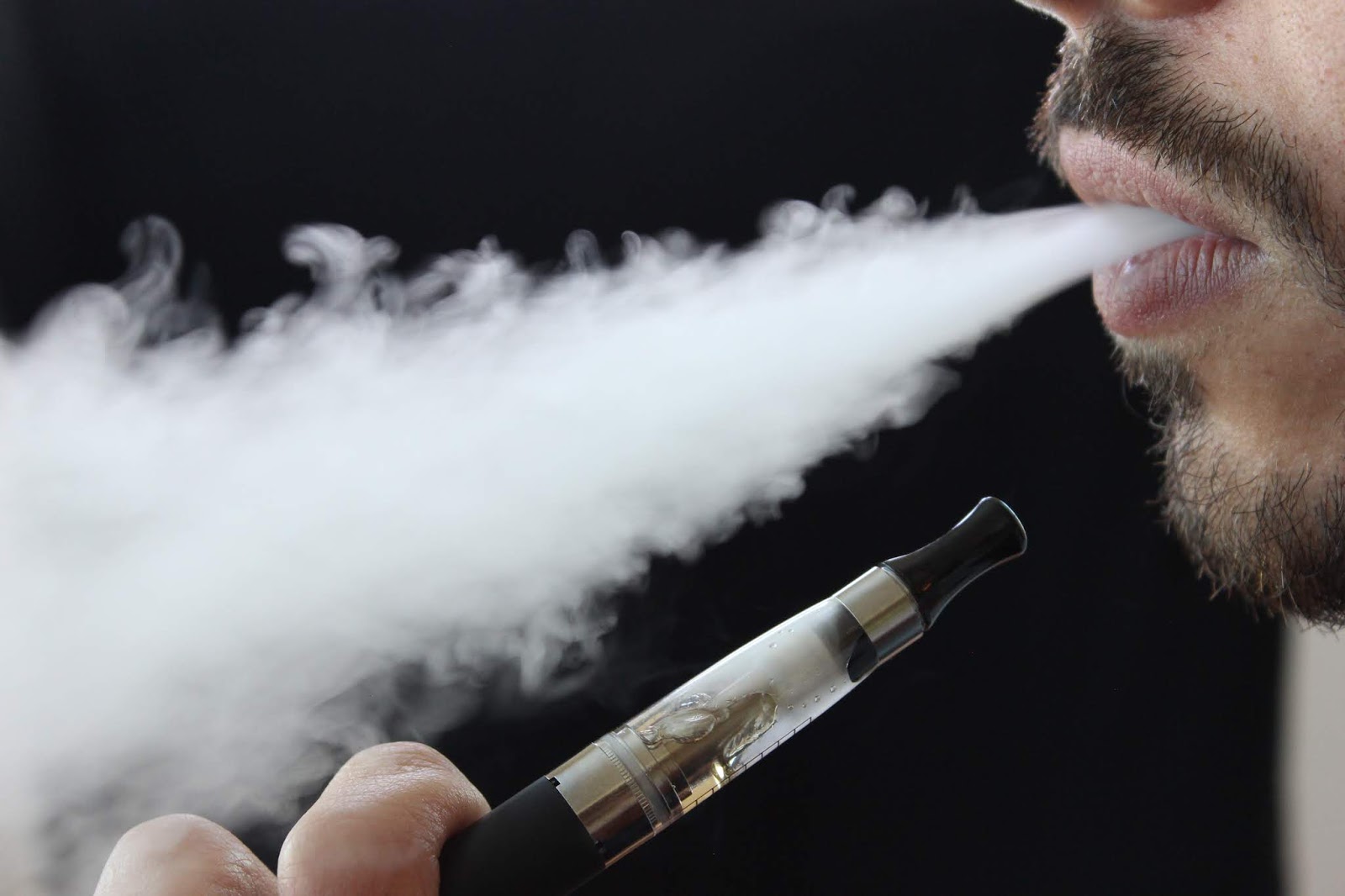The Health Risks of Secondhand Smoke
페이지 정보

본문
Secondhand smoke, also known as passive smoke or environmental tobacco smoke, poses significant health risks to non-smokers. It consists of the smoke exhaled by smokers and the smoke released from the burning end of a cigarette. This article examines the health risks associated with secondhand smoke, the populations most affected, and measures to protect against exposure.
Health Risks of Secondhand Smoke
Secondhand smoke contains more than 7,000 chemicals, many of which are toxic and carcinogenic. Exposure to these chemicals can have serious health consequences, even for individuals who do not smoke.
 One of the most well-documented risks of secondhand smoke is its impact on respiratory health. Non-smokers exposed to secondhand smoke are at increased risk of developing respiratory infections, such as bronchitis and pneumonia. It can also exacerbate asthma symptoms and increase the frequency of asthma attacks.
One of the most well-documented risks of secondhand smoke is its impact on respiratory health. Non-smokers exposed to secondhand smoke are at increased risk of developing respiratory infections, such as bronchitis and pneumonia. It can also exacerbate asthma symptoms and increase the frequency of asthma attacks.
Cardiovascular health is also significantly affected by secondhand smoke. Exposure can lead to an increased risk of heart disease, as it damages blood vessels, reduces the amount of oxygen in the blood, and raises blood pressure. Non-smokers regularly exposed to secondhand smoke have a 25-30% higher risk of developing heart disease.
Populations Most Affected
Children are particularly vulnerable to the effects of secondhand smoke. Their developing respiratory systems make them more susceptible to respiratory infections, asthma, and sudden infant death syndrome (SIDS). Pregnant women exposed to secondhand smoke are at risk of giving birth to low birth weight babies and experiencing complications during pregnancy.
Individuals with pre-existing health conditions, such as asthma, heart disease, and respiratory illnesses, are also more susceptible to the harmful effects of secondhand smoke. Even brief exposure can trigger severe health problems in these populations.
Measures to Protect Against Exposure
Reducing exposure to secondhand smoke requires both individual actions and public policies. On an individual level, smokers should avoid smoking indoors or in enclosed spaces, particularly in homes and Expos cars. Designating specific smoking areas outdoors and away from non-smokers can also help minimize exposure.
Public policies play a crucial role in protecting non-smokers. Many countries and regions have implemented smoking bans in public places, such as restaurants, bars, and workplaces. These policies have proven effective in reducing secondhand smoke exposure and improving public health.
Educational campaigns can also raise awareness about the risks of secondhand smoke and encourage smokers to adopt smoke-free practices. Providing resources and support for smoking cessation can further reduce the prevalence of secondhand smoke.
Conclusion
Secondhand smoke poses significant health risks to non-smokers, particularly children and individuals with pre-existing health conditions. By taking individual actions and implementing public policies, we can reduce exposure to secondhand smoke and protect public health. Raising awareness and providing support for smoking cessation are crucial steps in creating a smoke-free environment for everyone.
Health Risks of Secondhand Smoke
Secondhand smoke contains more than 7,000 chemicals, many of which are toxic and carcinogenic. Exposure to these chemicals can have serious health consequences, even for individuals who do not smoke.
 One of the most well-documented risks of secondhand smoke is its impact on respiratory health. Non-smokers exposed to secondhand smoke are at increased risk of developing respiratory infections, such as bronchitis and pneumonia. It can also exacerbate asthma symptoms and increase the frequency of asthma attacks.
One of the most well-documented risks of secondhand smoke is its impact on respiratory health. Non-smokers exposed to secondhand smoke are at increased risk of developing respiratory infections, such as bronchitis and pneumonia. It can also exacerbate asthma symptoms and increase the frequency of asthma attacks.Cardiovascular health is also significantly affected by secondhand smoke. Exposure can lead to an increased risk of heart disease, as it damages blood vessels, reduces the amount of oxygen in the blood, and raises blood pressure. Non-smokers regularly exposed to secondhand smoke have a 25-30% higher risk of developing heart disease.
Populations Most Affected
Children are particularly vulnerable to the effects of secondhand smoke. Their developing respiratory systems make them more susceptible to respiratory infections, asthma, and sudden infant death syndrome (SIDS). Pregnant women exposed to secondhand smoke are at risk of giving birth to low birth weight babies and experiencing complications during pregnancy.
Individuals with pre-existing health conditions, such as asthma, heart disease, and respiratory illnesses, are also more susceptible to the harmful effects of secondhand smoke. Even brief exposure can trigger severe health problems in these populations.
Measures to Protect Against Exposure
Reducing exposure to secondhand smoke requires both individual actions and public policies. On an individual level, smokers should avoid smoking indoors or in enclosed spaces, particularly in homes and Expos cars. Designating specific smoking areas outdoors and away from non-smokers can also help minimize exposure.
Public policies play a crucial role in protecting non-smokers. Many countries and regions have implemented smoking bans in public places, such as restaurants, bars, and workplaces. These policies have proven effective in reducing secondhand smoke exposure and improving public health.
Educational campaigns can also raise awareness about the risks of secondhand smoke and encourage smokers to adopt smoke-free practices. Providing resources and support for smoking cessation can further reduce the prevalence of secondhand smoke.
Conclusion
Secondhand smoke poses significant health risks to non-smokers, particularly children and individuals with pre-existing health conditions. By taking individual actions and implementing public policies, we can reduce exposure to secondhand smoke and protect public health. Raising awareness and providing support for smoking cessation are crucial steps in creating a smoke-free environment for everyone.
- 이전글What NOT To Do When It Comes To The Private Diagnosis For ADHD Industry 24.09.11
- 다음글20 Up-And-Comers To Follow In The French Doors Aylesbury Industry 24.09.11
댓글목록
등록된 댓글이 없습니다.
